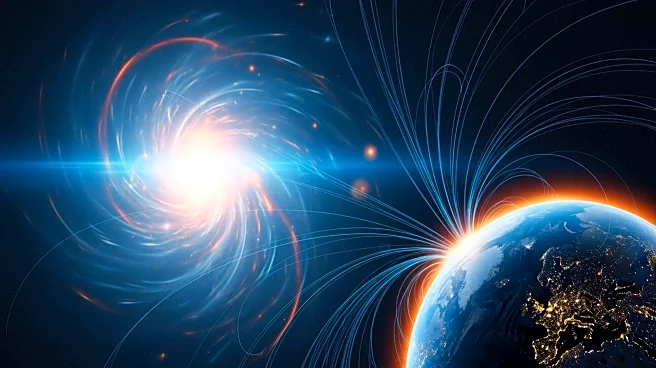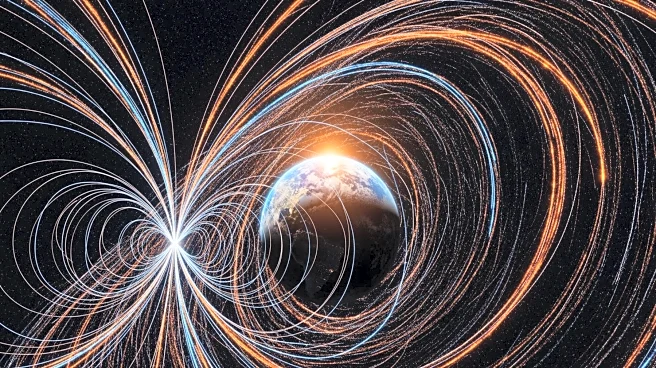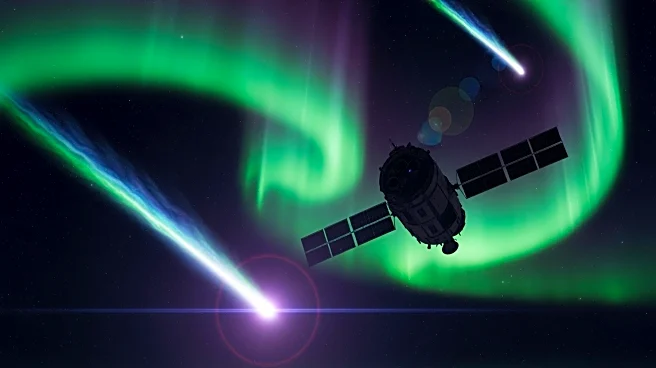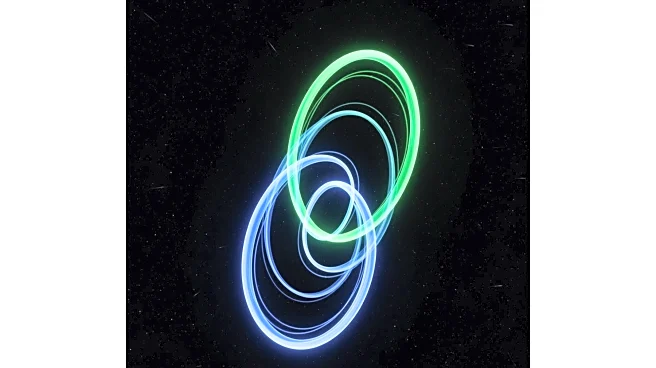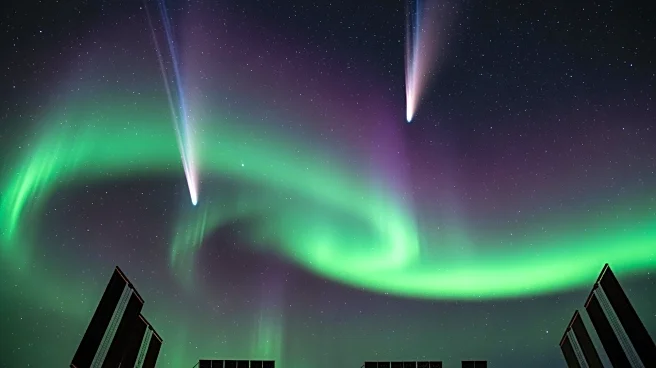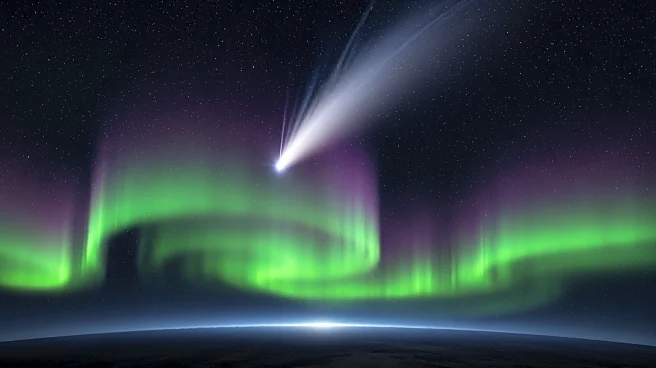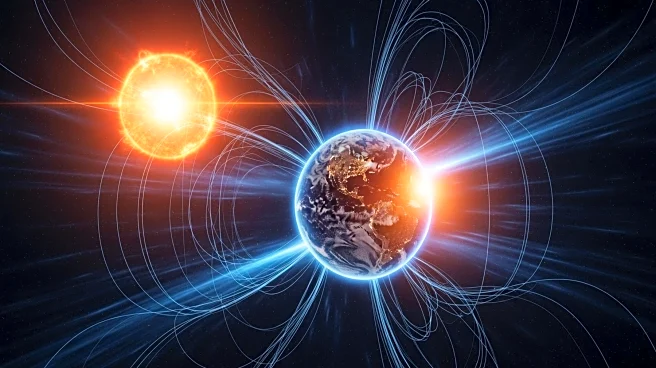What's Happening?
On November 20, 2025, a stealth solar storm struck Earth, as reported by scientists at the National Oceanic and Atmospheric Administration (NOAA). This type of solar storm, known as a coronal mass ejection
(CME), arrived without the usual warning signs, making it difficult to detect. Unlike typical CMEs that are visible through bright solar flares, stealth CMEs release solar wind quietly, which can disturb Earth's magnetic environment. The recent storm led to unexpected auroras visible much farther south than usual, including in Maine and Denmark. These auroras were a result of the stealth CME combined with a fast-moving solar wind stream from a nearby coronal hole.
Why It's Important?
The occurrence of stealth solar storms poses significant challenges for space weather forecasting. These storms lack the typical indicators that allow scientists to predict their arrival, making it difficult to prepare for their potential impacts. The recent event highlights the need for more advanced detection methods to identify these subtle solar activities. The ability to forecast such storms is crucial as they can affect satellite operations, power grids, and communication systems on Earth. The unexpected auroras also demonstrate the potential for these storms to create spectacular natural displays, which can be both a scientific curiosity and a public interest phenomenon.
What's Next?
To improve the detection and forecasting of stealth CMEs, scientists are likely to focus on developing more sophisticated observation techniques. This includes using multi-wavelength and multi-angle observations to better understand the subtle signs of these solar eruptions. As research continues, there may be advancements in space weather prediction models that can account for the elusive nature of stealth CMEs. Additionally, public awareness campaigns could be implemented to educate people about the potential impacts of solar storms and the importance of space weather monitoring.
Beyond the Headlines
The stealth solar storm event underscores the complexity of space weather and its unpredictable nature. It raises questions about the resilience of Earth's technological infrastructure in the face of such natural phenomena. As society becomes increasingly reliant on technology, understanding and mitigating the risks associated with space weather events becomes more critical. This event also highlights the interconnectedness of Earth's systems and the broader universe, reminding us of the need for continued investment in space science and exploration.


